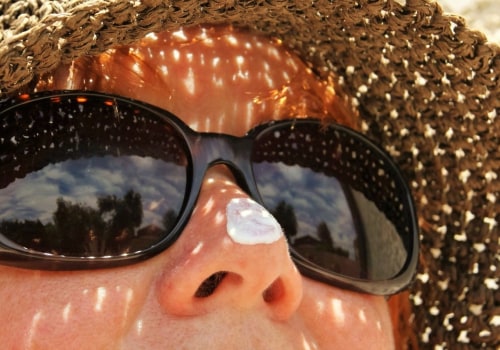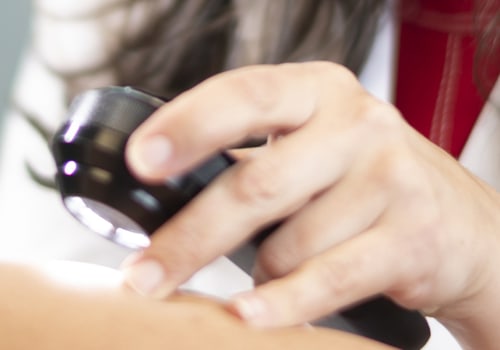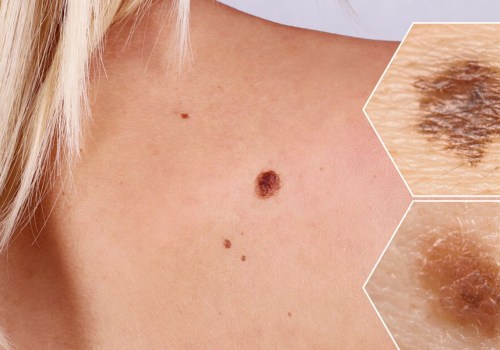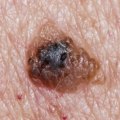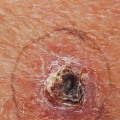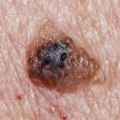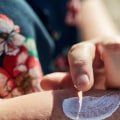Basal cell carcinoma (BCC) is the most common type of skin cancer. It is caused by long-term exposure to ultraviolet (UV) radiation from the sun or tanning beds. BCC can appear as a small, fleshy bump or a flat, scaly patch on the skin. It can also look like a sore that won’t heal.
If left untreated, BCC can grow and spread to other parts of the body. Fortunately, there are several treatments available for BCC that can help to reduce the risk of further complications.
Surgery
Surgery is the most common treatment for BCC. The goal of surgery is to remove the cancerous cells and some of the surrounding healthy tissue.Depending on the size and location of the tumor, your doctor may use one of several different surgical techniques. These include excision, curettage and electrodessication, and Mohs surgery. Excision involves cutting away the tumor and some of the surrounding healthy tissue with a scalpel. Curettage and electrodessication involves scraping away the tumor with a curette (a sharp, spoon-shaped instrument) and then using an electric current to destroy any remaining cancer cells.
Mohs surgery involves removing thin layers of skin one at a time until all of the cancerous cells have been removed.
Cryotherapy
Cryotherapy is another treatment option for BCC. During this procedure, your doctor will use liquid nitrogen to freeze and destroy the cancerous cells. Cryotherapy can be used to treat small tumors that are located on areas of the body that are difficult to surgically remove, such as the face or scalp.Radiation TherapyRadiation therapy is another option for treating BCC. During this procedure, high-energy X-rays are used to kill cancer cells. Radiation therapy is usually used to treat tumors that are too large or too deep to be removed surgically.
Topical Medications
Topical medications are creams or ointments that are applied directly to the skin.These medications contain chemicals that can kill cancer cells or slow their growth. Topical medications are usually used to treat small tumors that are located on areas of the body that are difficult to surgically remove, such as the face or scalp.
Photodynamic Therapy
Photodynamic therapy (PDT) is a newer treatment option for BCC. During this procedure, a light-sensitive drug is applied directly to the tumor.Then, a special light source is used to activate the drug and kill cancer cells. PDT can be used to treat tumors that are too large or too deep to be removed surgically.
Conclusion
Basal cell carcinoma (BCC) is a serious condition that requires prompt treatment in order to reduce the risk of further complications. Fortunately, there are several treatments available for BCC, including surgery, cryotherapy, radiation therapy, topical medications, and photodynamic therapy.Your doctor will recommend the best treatment option for you based on your individual situation.
